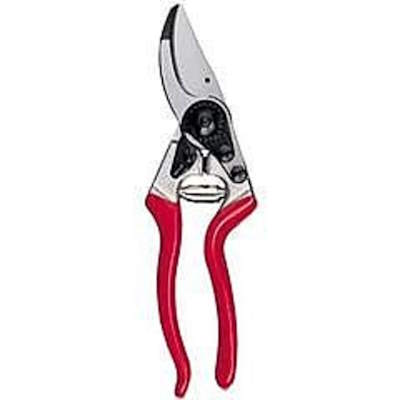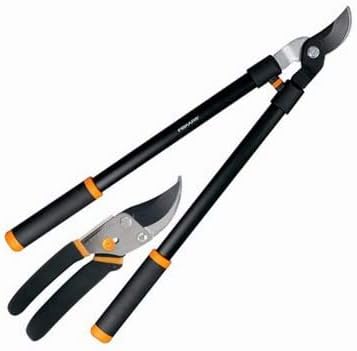7 plants to prune in March – backyard shrubs you should trim this month
March is an ideal time to prune lots of backyard favorites, so discover what to add to your to-do list


March can be a very busy time in the gardening calendar as the days start to get longer and warmer, and many plants awaken from their winter slumber.
The late winter and early spring window is a fantastic time to prune many shrubs and trees to get your backyard into shape. Whether you prune some plants in March, or have to wait a bit longer, however, may very much depend on how late the frosts continue in your local area.
As well as pruning, there is an ever-growing potential list of what you can plant in March in your backyard. You may find yourself sowing lots of seeds too, as there are many vegetables and flowers you can sow in March.
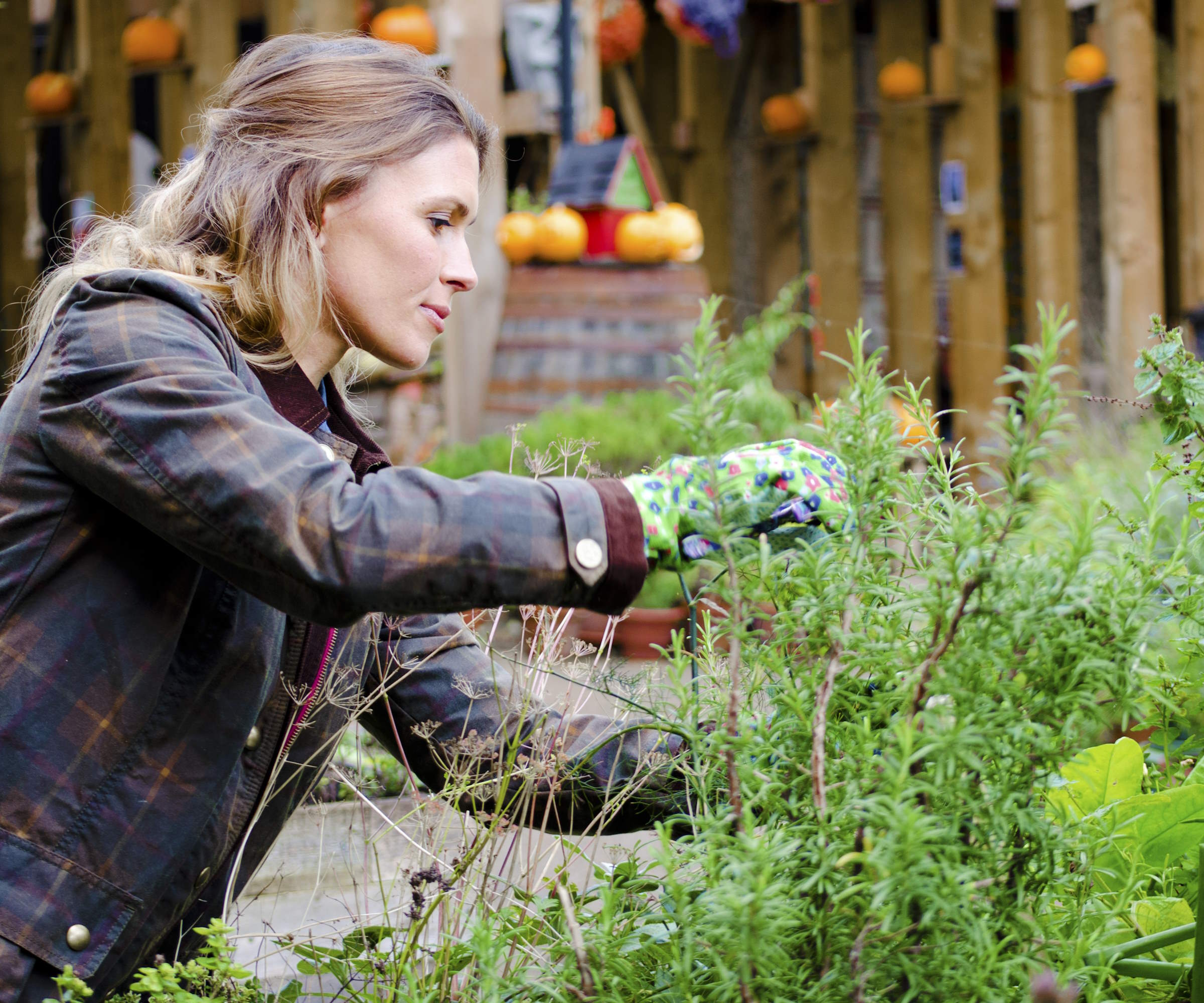
What can you prune in March?
There is a long list of plants that you can prune during the month of March. It is an ideal time to prune many deciduous shrubs, before they start to grow again come spring, and shrubs that will flower on growth produced that coming season.
Many plants that you could prune in February can still be pruned in March. So if you have the likes of pruning clematis, pruning roses, pruning butterfly bush, or pruning hydrangeas on your winter gardening checklist and haven’t got them done yet, then there is still time this month.
On top of those four popular shrubs you can prune in March, there are more plants you may have in your backyard that can also benefit from a bit of attention - we take a look at seven of them. Always remember to use sharp and clean garden tools every time you prune any plants in your backyard.
1. Cotinus
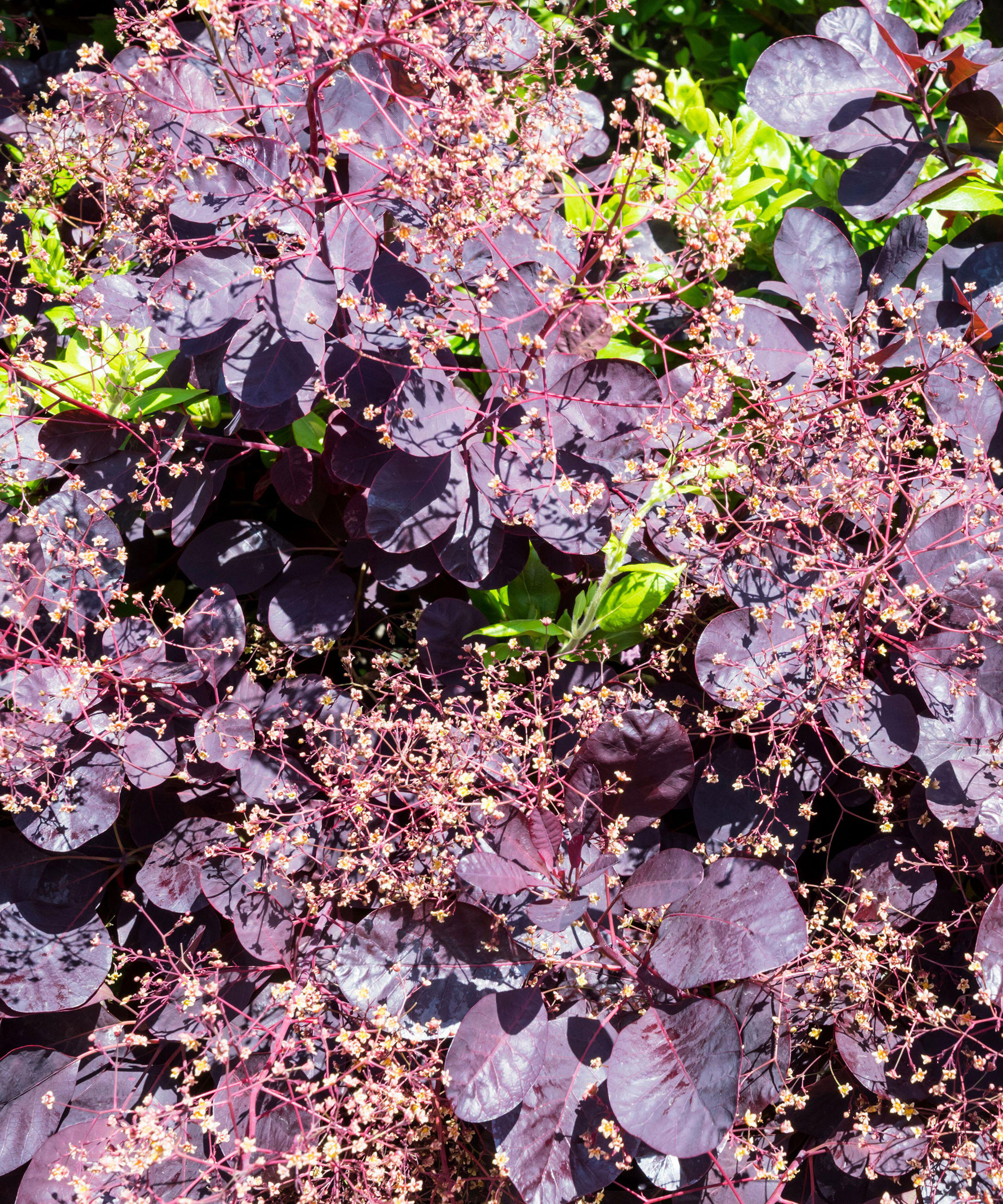
Cotinus is also known as smoke bush. It is a shrub adored for its clouds of tiny flowers, which give the plant its nickname as they look like plumes of smoke, and also its dramatic foliage in shades of purple, red, and yellow.
Design expertise in your inbox – from inspiring decorating ideas and beautiful celebrity homes to practical gardening advice and shopping round-ups.
Cotinus is a very low-maintenance shrub, that often does not require a lot of pruning. However, if left to its own devices it's branches can grow long and wild pretty fast. To keep it shaped, and help guarantee a dramatic foliage display, pruning in late winter or early spring is beneficial. By pruning smoke bush stems back to within two or three buds it encourages fresh growth that produces more vibrant colored foliage than older wood. Smoke bush can take a fairly hard prune, and will come back thriving.
It is also recommended to remove any dead, damaged, and diseased wood, as well as crossing branches and any going in unwanted directions.
2. Dogwood

Dogwood, or cornus, shrubs are great plants for fall color and their attractive stems will really stand out through the cold winter months. After enjoying the sight of the stems of these frost hardy plants during winter, annual pruning is ideally done in late winter or early spring after the frosts have ended - and March is an ideal time in many climates.
You want to prune dogwood when the new growth for the year starts appearing. There are two options for trimming, and it may depend on the age of the shrub or the look you are going for. Either do a hard prune and cut all the stems back to only four or five inches from the ground, or be a bit more gentle and remove around a third of the oldest stems, along with dead, damaged, diseased, or crossing branches.
3. Forsythia
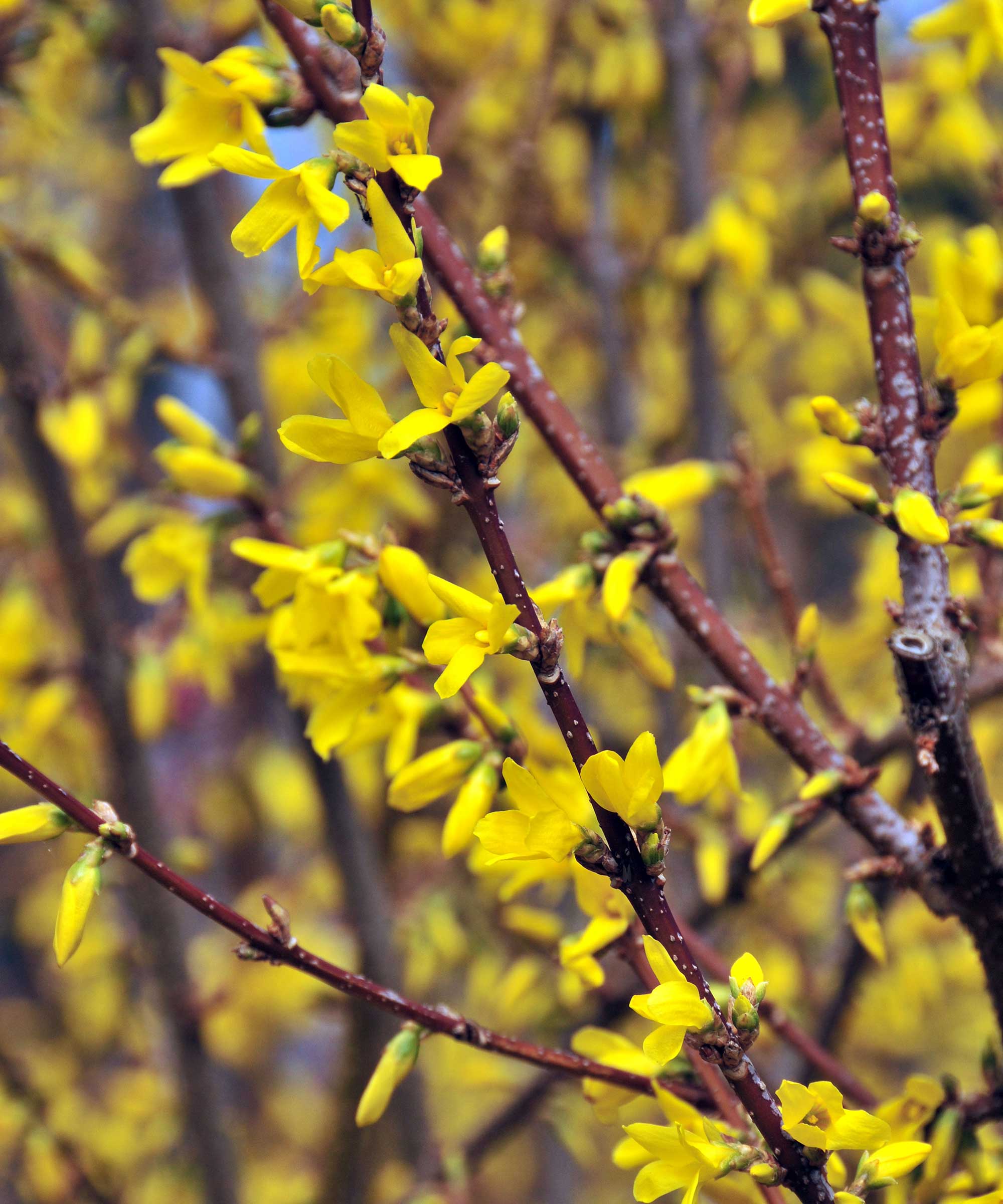
Forsythia is a flowering shrub that produces its blooms early in the year, from February onwards. The time to prune forsythia is after its blossoms fade for the year, which, depending on your location, can be from mid-March into April.
Avoid pruning forsythia at any other time of year, as you will reduce the flowers for next spring and can be a pruning mistake that could put the health of the shrub at risk.
It is simple to prune forsythia. Simply remove a couple of largest branches each year, take out any dead, diseased, damaged, or weak branches, and shorten any of the stems that carried that spring’s flowers by half.
4. Fuchsia

Fuchsias come in two groups, those that are tender and hardy types that can overwinter outdoors. Those hardy fuchsias can overwinter untouched, just allowing the top growth to insulate the plant from the cold weather.
However, as soon as the risk of frost has passed in March or April, depending on your location, and the plants show the first signs of new growth - that is the ideal time to prune hardy fuchsias.
The stems can be cut back with a pair of sharp pruning shears to around four inches from the ground. An alternative for trimming an older fuchsia that requires rejuvenation is to cut the plant right back to near ground level, for new productive shoots to develop from the base.
5. Lavatera

Lavatera, which officially is now called Malva, are known as mallows and can come in many different types, namely annual, biennial, and perennial plants, and also shrub varieties.
Shrub varieties of the plants do need to be pruned in early spring. They bloom on new wood produced that growing season, so trimming in March can help encourage the development of lots of new wood to carry this year’s flowers.
It is important to wait until the frosts have passed in your location, so it may be a job to do later in March once the risk has gone and the first buds are starting to break on the plant. The pruning itself is very simple to do, merely cut the shrub back hard to around six inches from ground and new shoots will emerge.
6. Perovskia
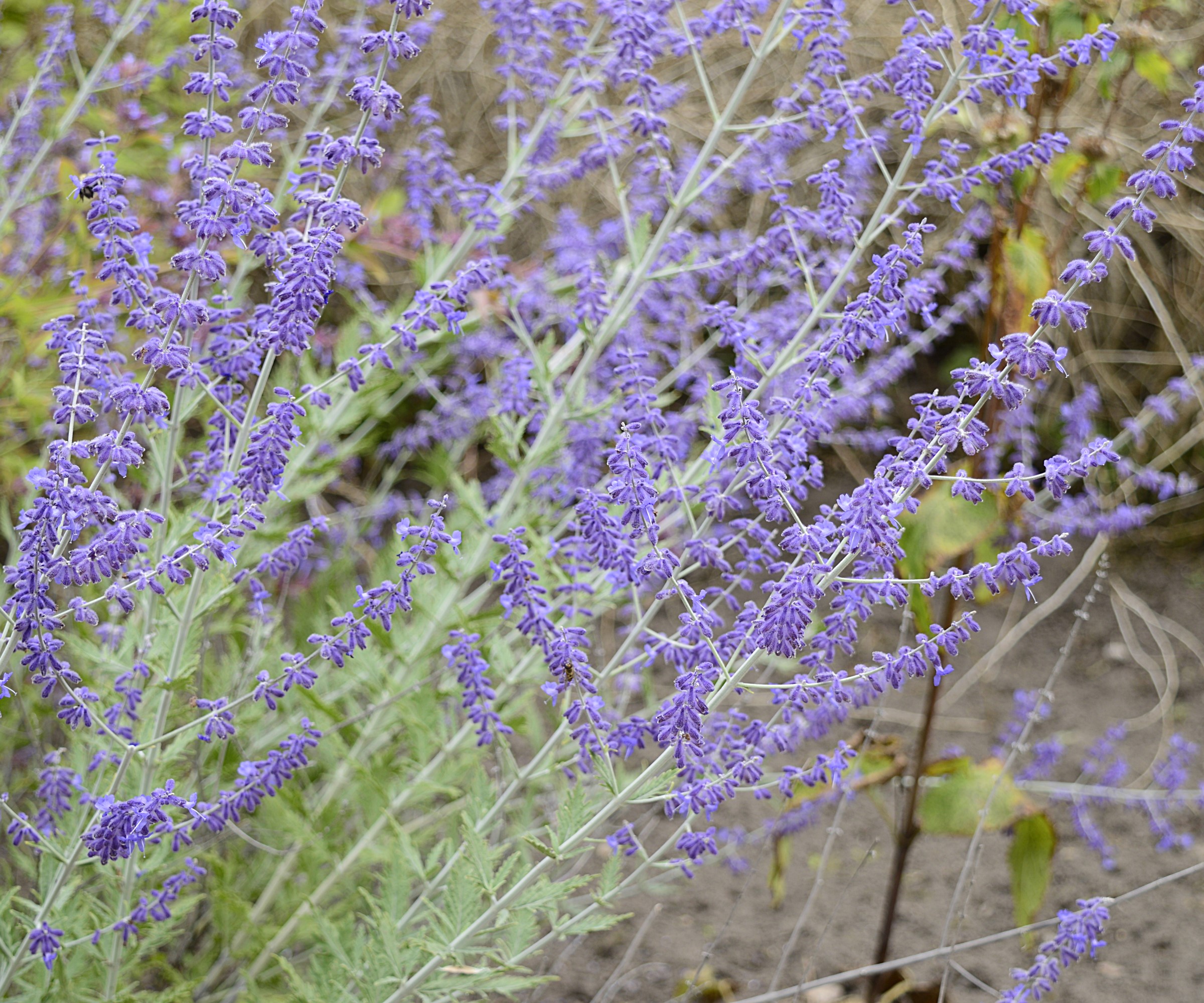
Perovskia, also commonly known as Russian sage, is a fantastic perennial shrub that grows up to five feet in height. The dried stems of perovskia look good in a winter garden, but the plants then do need pruning in late winter or early spring.
It will be dependent on your climate when the ideal time to prune is. The tell-tale sign will be when you start to see the first signs of new growth appearing on the shrub. To cut back Russian sage, prune hard to encourage a flush of new growth that will carry that season’s flowers.
7. Rose of Sharon
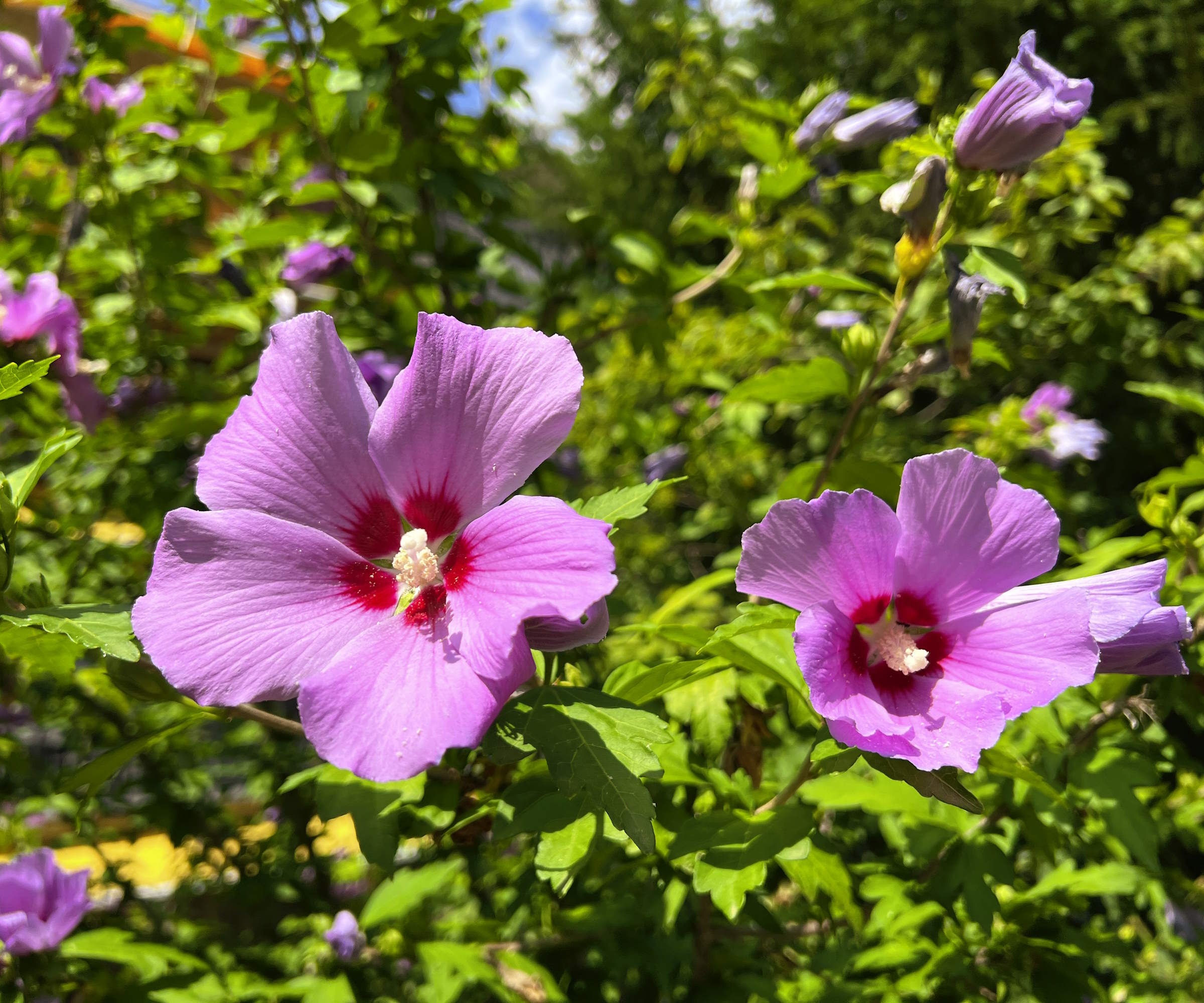
Rose of Sharon (Hibiscus syriacus) is a fast-growing shrub that does not require lots of pruning. The occasional trimming, however, can keep it in shape and prevent the tall shrub getting too unruly.
The best time to prune a rose of Sharon is during dormancy and before it starts growing again in late winter or early spring - which can be anywhere from March through to early May as Rose of Sharon is renowned for taking its time to show signs of life each spring.
Remove any dead, damaged, or diseased branches , along with any branches that are heading in unwanted directions. Pruning away up to a third of the lengths of each remaining branch can rejuvenate the shrub, but observe the one third pruning rule and do not get carried away with the shears.
This type of pruning will result in bigger blooms, but a smaller number of flowers overall that year.
Tools for pruning shrubs in March
FAQs
Can I cut back trees in March?
March can still be a good time to prune trees in many climates, as they are still likely to be in their dormant period. There are benefits to pruning during dormancy, as the trees can cope better with trimming then and also pests, along with pathogens and fungi that carry diseases, are less active at that time of year.
Always do some research about whether a specific tree is suitable for pruning in March, and see whether it has started growing again, before heading out and doing any cutting to avoid making a serious tree pruning mistake that could jeopardize the health of the tree.
On top of pruning, planting, and sowing, March is also an ideal month to mulch your flower beds and vegetable garden. Adding a thick layer of mulch, such as compost or well-rotted manure, helps to boost the soil health and smother weeds.

Drew has worked as a writer since 2008 and was also a professional gardener for many years. As a trained horticulturist, he worked in prestigious historic gardens, including Hanbury Hall and the world-famous Hidcote Manor Garden. He also spent time as a specialist kitchen gardener at Soho Farmhouse and Netherby Hall, where he grew vegetables, fruit, herbs, and cut flowers for restaurants. Drew has written for numerous print and online publications and is an allotment holder and garden blogger. He is shortlisted for the Digital Gardening Writer of the Year at the 2025 Garden Media Guild Awards.

